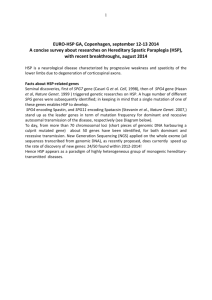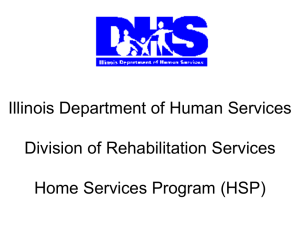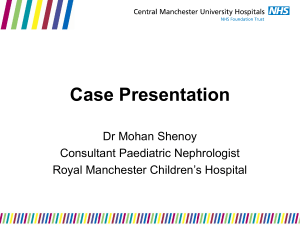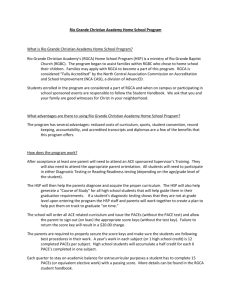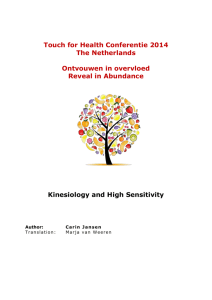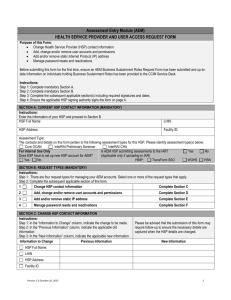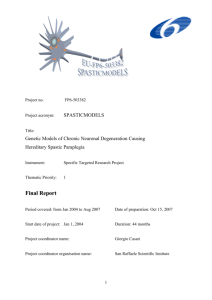Practical guidelines for molecular testing in hereditary spastic
advertisement
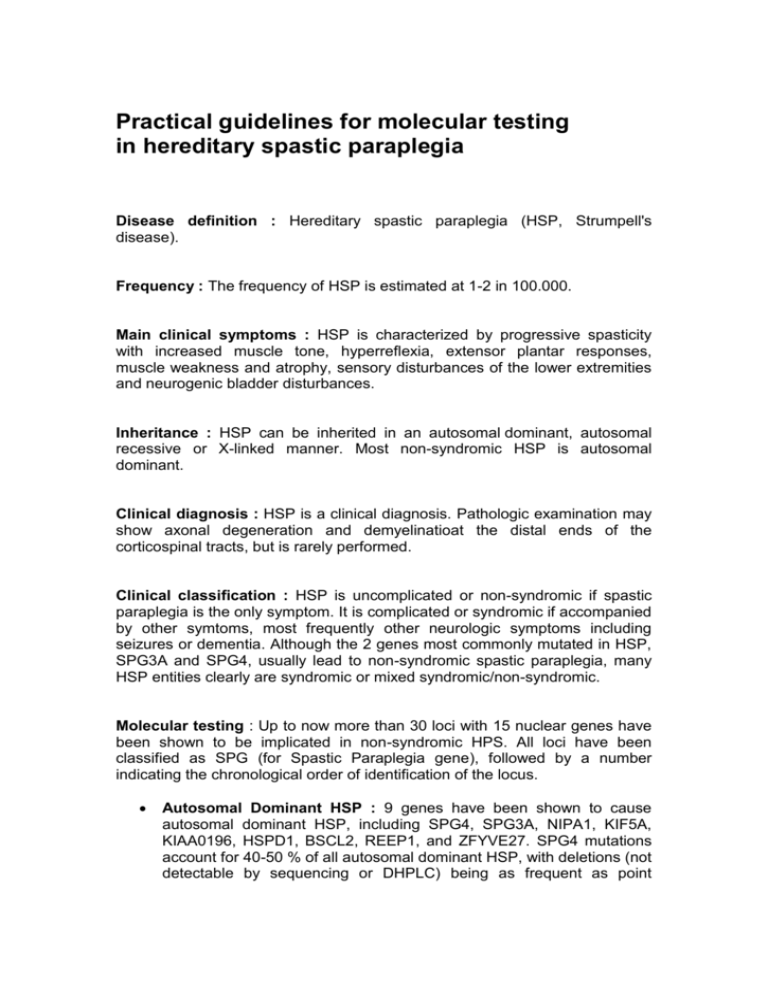
Practical guidelines for molecular testing in hereditary spastic paraplegia Disease definition : Hereditary spastic paraplegia (HSP, Strumpell's disease). Frequency : The frequency of HSP is estimated at 1-2 in 100.000. Main clinical symptoms : HSP is characterized by progressive spasticity with increased muscle tone, hyperreflexia, extensor plantar responses, muscle weakness and atrophy, sensory disturbances of the lower extremities and neurogenic bladder disturbances. Inheritance : HSP can be inherited in an autosomal dominant, autosomal recessive or X-linked manner. Most non-syndromic HSP is autosomal dominant. Clinical diagnosis : HSP is a clinical diagnosis. Pathologic examination may show axonal degeneration and demyelinatioat the distal ends of the corticospinal tracts, but is rarely performed. Clinical classification : HSP is uncomplicated or non-syndromic if spastic paraplegia is the only symptom. It is complicated or syndromic if accompanied by other symtoms, most frequently other neurologic symptoms including seizures or dementia. Although the 2 genes most commonly mutated in HSP, SPG3A and SPG4, usually lead to non-syndromic spastic paraplegia, many HSP entities clearly are syndromic or mixed syndromic/non-syndromic. Molecular testing : Up to now more than 30 loci with 15 nuclear genes have been shown to be implicated in non-syndromic HPS. All loci have been classified as SPG (for Spastic Paraplegia gene), followed by a number indicating the chronological order of identification of the locus. Autosomal Dominant HSP : 9 genes have been shown to cause autosomal dominant HSP, including SPG4, SPG3A, NIPA1, KIF5A, KIAA0196, HSPD1, BSCL2, REEP1, and ZFYVE27. SPG4 mutations account for 40-50 % of all autosomal dominant HSP, with deletions (not detectable by sequencing or DHPLC) being as frequent as point mutations or small truncating mutations. SPG3A is responsible for about 10% of autosomal dominant HSP. Autosomal recessive HSP : 5 genes have been shown to cause autosomal recessive HSP : paraplegin (SPG7), KIAA1840 (SPG11), spastizin/ZFYVE26 (SPG15), spartin (SPG20), and maspardin (SPG21). X-linked HSP : Apart from SPG16, no real X-linked nonsyndromic HSP has yet been identified. SPG1 caused by mutations in L1CAM encoding the neural cell adhesion molecule L1 is syndromic as it always associated with mental retardation and other anomalies. SPG2 caused by mutations in PLP1 encoding myelin proteolipid protein can manifest as non-syndromic HSP. Mutations in another X-linked gene ALD can lead to non-syndromic HSP, apart from the classical phenotype of adrenoleucodystrophy. References Zuchner S. The genetics of hereditary spastic paraplegia and implications for drug therapy. Expert Opin Pharmacother 2007: 8:1433-1439. Hazan J, Fonknechten N, Mavel D, Paternotte C, Samson D, Artiguenave F, Davoine CS, Cruaud C, Durr A, Wincker P, Brottier P, Cattolico L, Barbe V, Burgunder JM, Prud'homme JF, Brice A, Fontaine B, Heilig B, Weissenbach J. Spastin, a new AAA protein, is altered in the most frequent form of autosomal dominant spastic paraplegia. Nat Genet 1999: 23:296-303. Fink JK. Hereditary spastic paraplegia. Curr Neurol Neurosci Rep 2006: 6: 6576. Contino G, Novelli G. Hereditary spastic paraplegia: clinical genomics and pharmacogenetic perspectives. Expert Opin Pharmacother 2006: 7:18491856. Table 1. Different types of non-syndromic HSP with the proportion of the respective gene, its size, price indication, and test advise. Type Gene Protein Relative gene contribution Number of Exons (AA) Price indication (Euro) Test Advise Autosomal dominant SPG4 Spastin 40 % 1000 Test 1 SPG3A Atlastin 10 % 1000 Test 2 various Various <3% 17 exons (616 AA) 13 exons ( 553 AA) Various Various No test advised Various <3% Various Various No test advised Various <3% Various Various No test advised Autosomal recessive X-linked various Various
